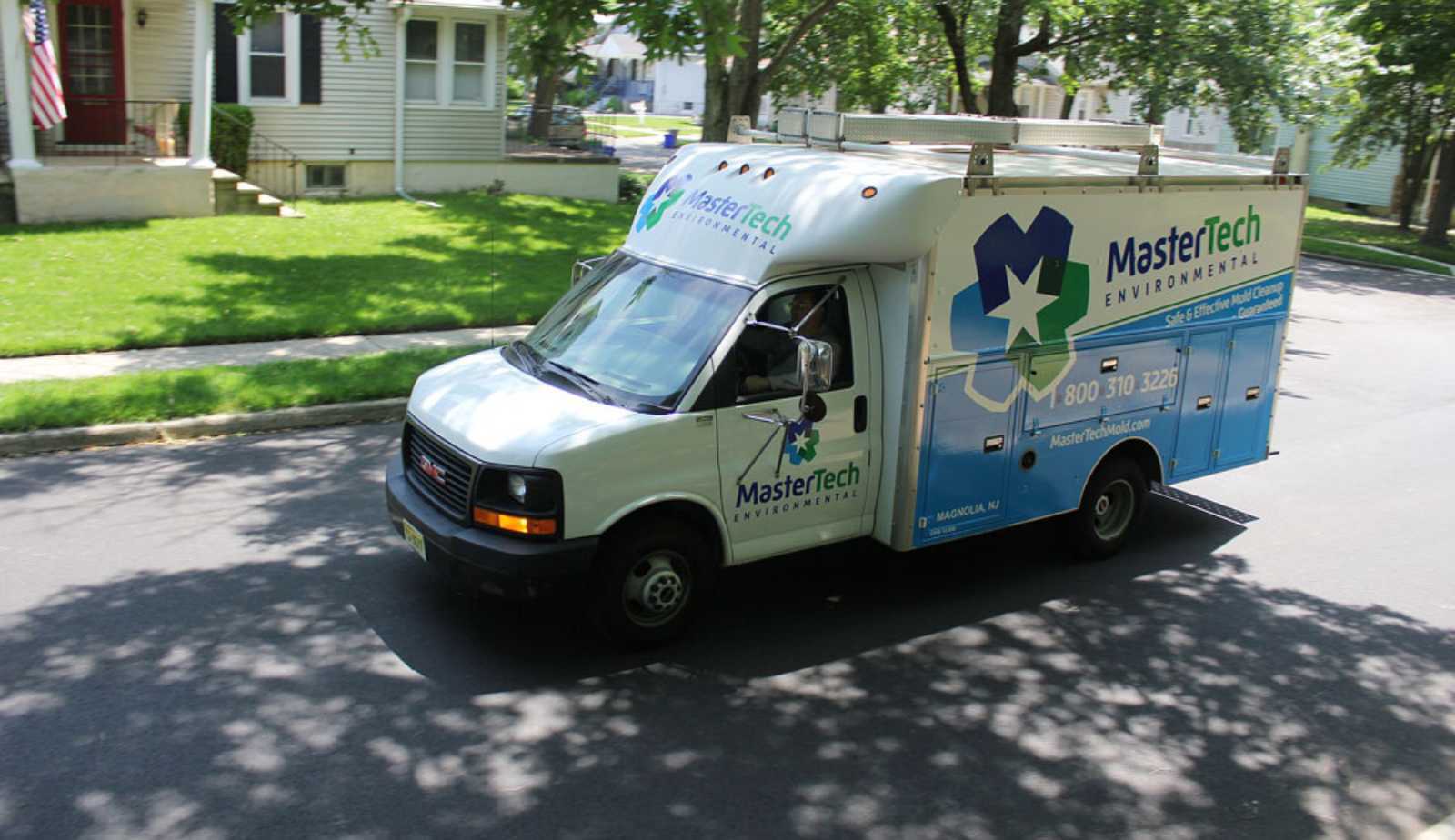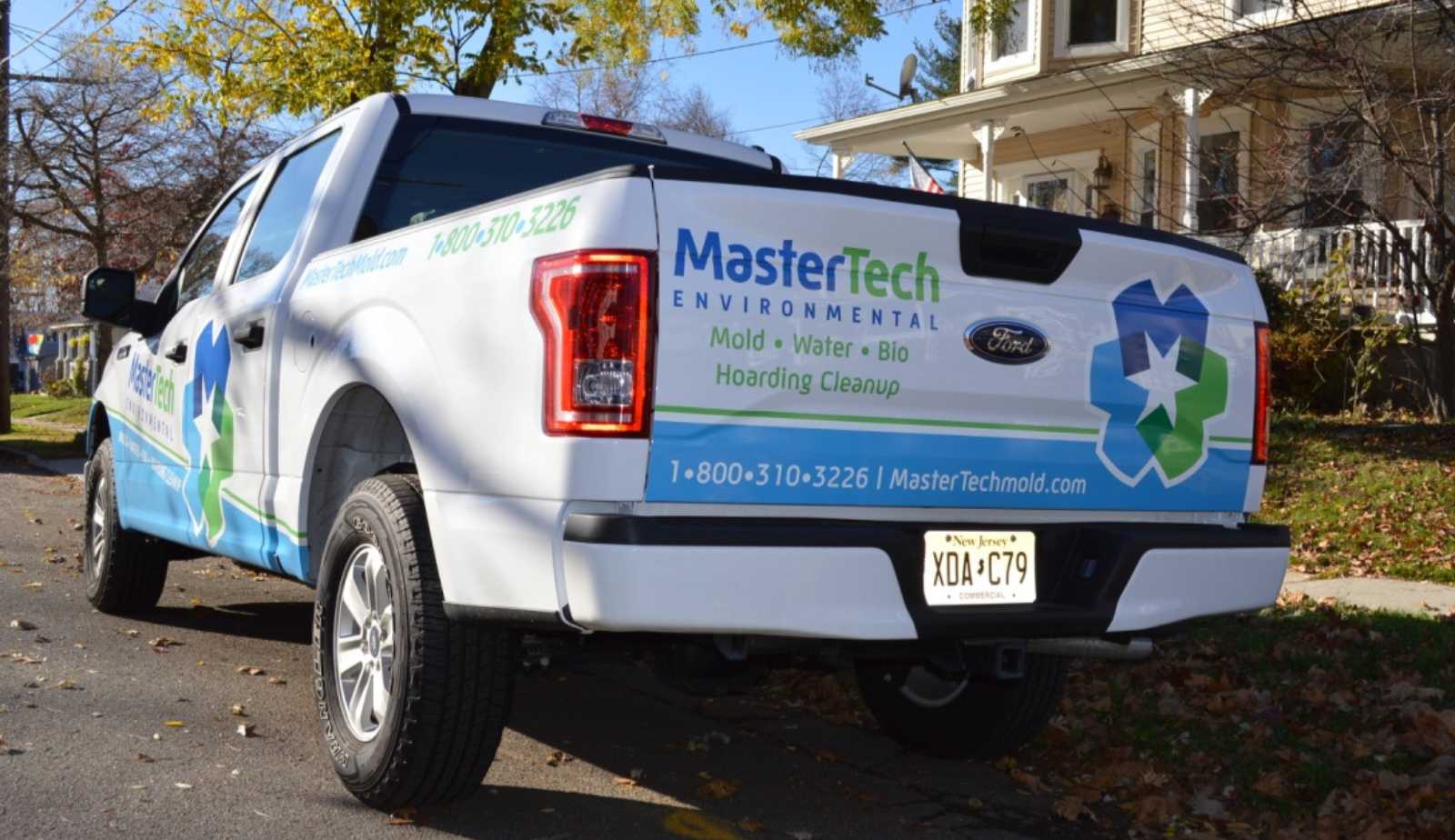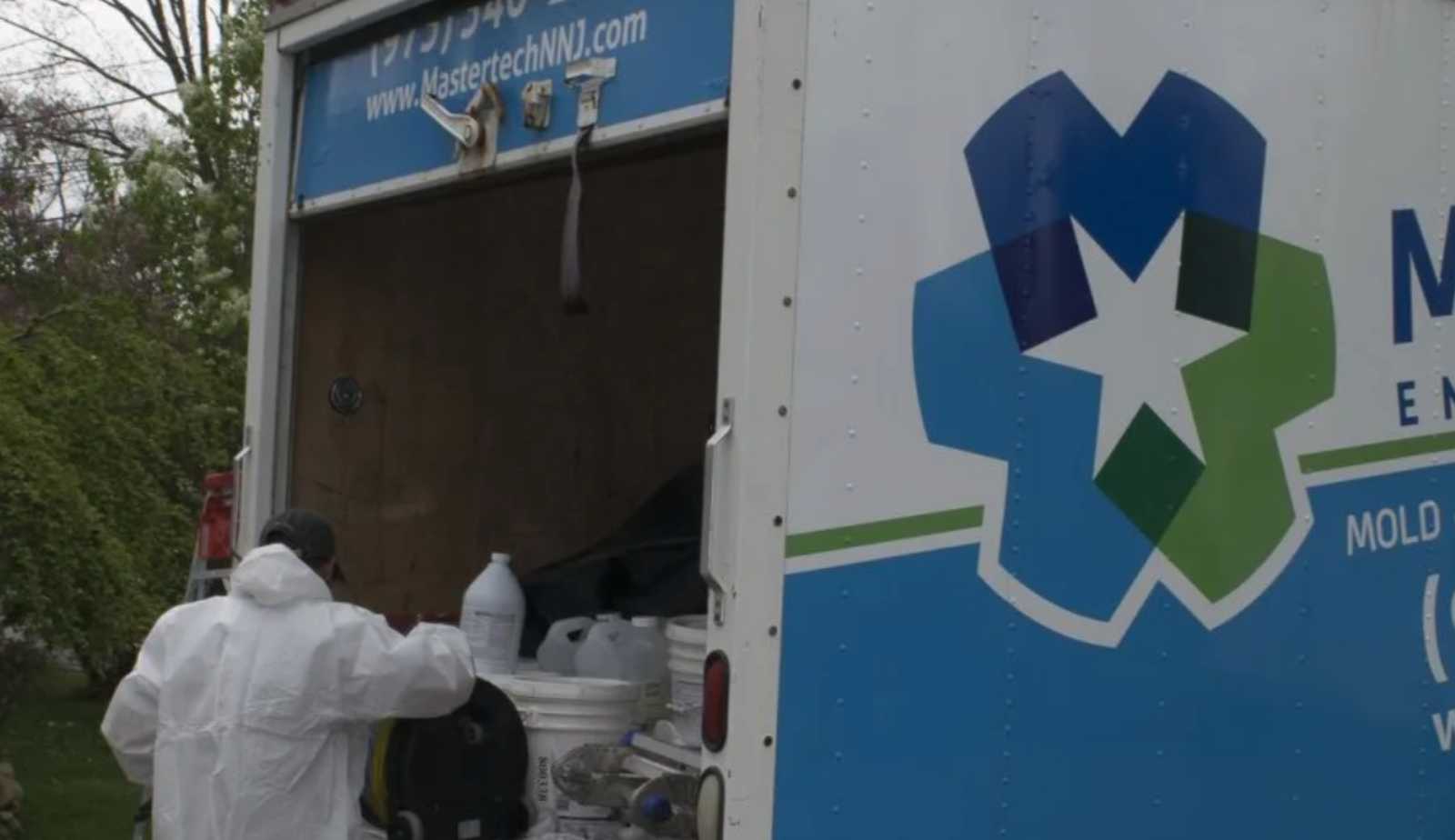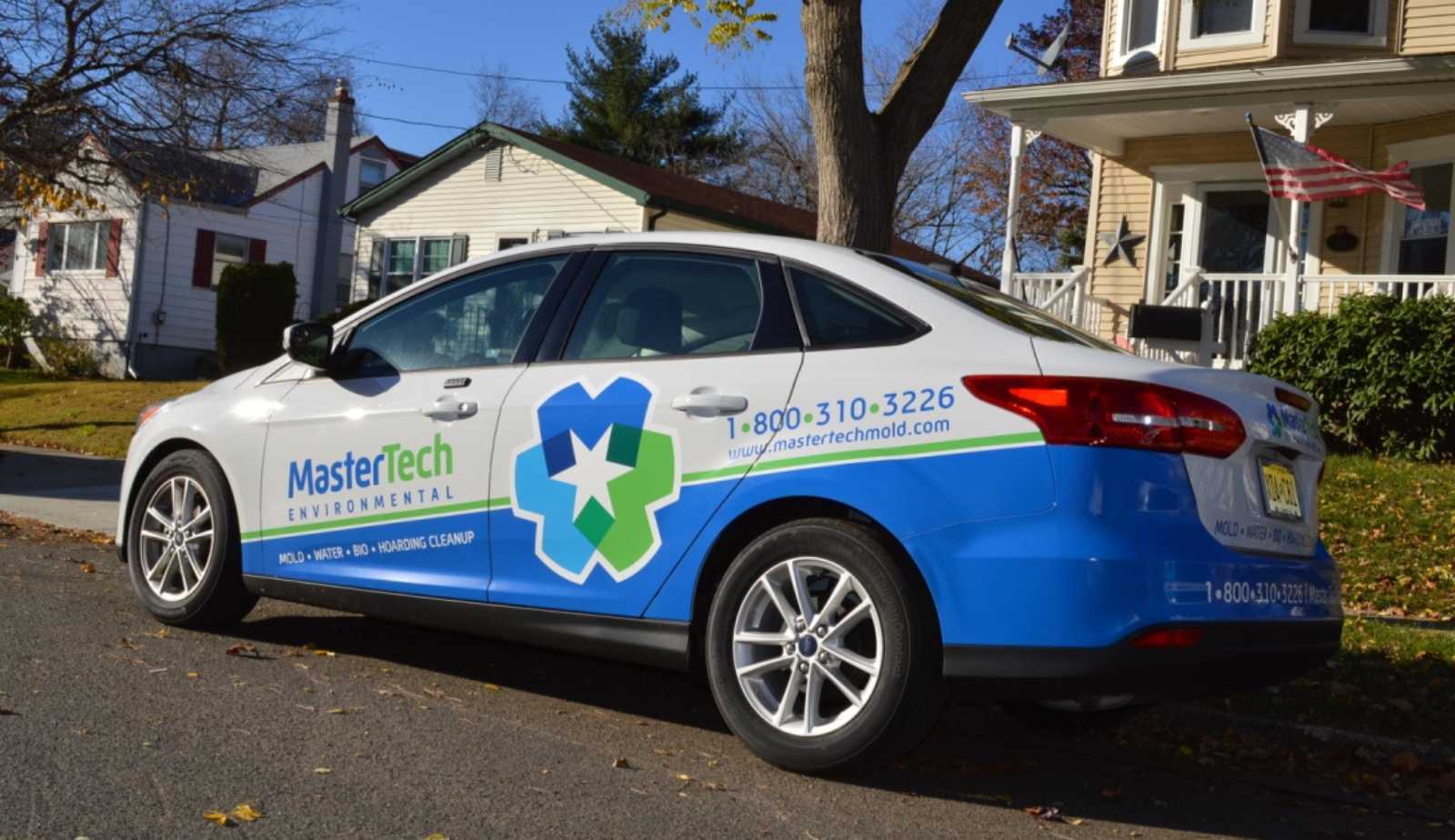Professional trauma and death scene cleanup is a critical service provided by specialized teams that handle sensitive situations with care and professionalism. Trauma and death scenes can be emotionally and psychologically challenging for family members and friends, hindering the grieving process and prolonging emotional trauma. The role of professional cleanup teams is to provide compassionate and respectful service while ensuring the thorough cleaning and disinfection of the area using specialized equipment and cleaning agents.
Understanding trauma and death scene cleanup involves recognizing the sensitive nature of the situation and approaching each job with the utmost compassion and respect. Professional cleanup teams must also be aware of safety and health considerations, as they often deal with hazardous materials and potentially infectious diseases. They must follow strict protocols and guidelines to ensure the safety of themselves and others, including proper use of personal protective equipment and adherence to disposal regulations.
The key takeaways from this article are:
- Professional trauma and death scene cleanup involves handling sensitive situations with care and professionalism while ensuring the thorough cleaning and disinfection of the area.
- Specialized teams must follow strict safety and health protocols to ensure the safety of themselves and others.
- Aftercare and ongoing support for family members and friends is an important aspect of the cleanup process.
Understanding Trauma & Death Scene Cleanup
Trauma and death scene cleanup is a specialized service provided by professionals to restore a scene to a safe and habitable condition after a traumatic event. This process involves the removal, cleaning, and disinfection of biohazardous materials, which pose a serious threat to human health.
Nature of Biohazardous Materials
Biohazardous materials are biological substances that can pose a threat to human health. These materials can include blood, bodily fluids, and tissues, which are often present at a trauma or death scene. These substances can contain harmful pathogens such as bacteria, viruses, and fungi, which can cause serious illnesses if not properly cleaned and disinfected.
Health Risks Associated with Biohazards
Exposure to biohazardous materials can pose serious health risks to individuals who come into contact with them. Bloodborne pathogens, for example, can cause diseases such as HIV, hepatitis B, and hepatitis C. Other pathogens can cause illnesses such as tuberculosis, meningitis, and E. coli infections. It is essential to handle these materials with care and follow strict safety protocols to prevent the spread of disease.
Regulations Governing Cleanup Processes
There are regulations in place governing the cleanup of biohazardous materials. The Occupational Safety and Health Administration (OSHA) has guidelines for the handling and disposal of these materials to ensure the safety of workers and the public. Additionally, some states have specific regulations and requirements for the cleanup of trauma and death scenes. It is important to work with professionals who are knowledgeable about these regulations to ensure compliance and safety.
In summary, trauma and death scene cleanup is a specialized service that requires expertise, compassion, and professionalism. Understanding the nature of biohazardous materials, the health risks associated with them, and the regulations governing cleanup processes is essential to ensure a safe and successful cleanup.
The Role of Professional Cleanup Teams![]()
Professional trauma and death scene cleanup is a specialized field that requires expertise, training, and specialized equipment. When dealing with sensitive situations, it is crucial to have trained professionals who can handle the situation with care and professionalism.
Expertise and Training
Professional cleanup teams undergo extensive training to handle biohazardous materials, bloodborne pathogens, and hazardous chemicals. They are trained to handle sensitive situations with empathy and discretion. They understand the importance of preserving the scene and evidence while also ensuring the safety and well-being of those involved.
Specialized Equipment and Techniques
Professional cleanup teams use specialized equipment and techniques to ensure that the scene is thoroughly cleaned and disinfected. They use professional-grade cleaners and disinfectants to eradicate all traces of biohazardous material and restore the area to a safe and habitable condition. They also use specialized equipment such as personal protective equipment, air purifiers, and ozone machines to ensure that the area is safe for habitation.
Ensuring Legal Compliance
Professional death cleanup services also ensure legal compliance with local, state, and federal regulations. They follow strict guidelines for the disposal of biohazardous materials and ensure that all documentation is properly filed. They also work closely with law enforcement and other agencies to ensure that the scene is properly processed and evidence is preserved.
In conclusion, professional trauma and death scene cleanup is a critical component of the post-investigation process. Trained and certified professionals provide the expertise, training, specialized equipment, and legal compliance necessary to handle sensitive situations with care and professionalism.
Safety and Health Considerations
Personal Protective Equipment
Professional trauma and death scene cleanup teams prioritize the safety of their workers and clients. They ensure their team members wear personal protective equipment (PPE) to minimize exposure to hazardous materials. PPE includes gloves, goggles, respirators, and full-body suits. The type of PPE used depends on the nature of the scene and the level of exposure risk.
Preventing Cross-Contamination
Trauma and death scene cleanup teams follow strict safety protocols to prevent cross-contamination. They use EPA-approved disinfectants to clean and disinfect affected areas thoroughly. They also use color-coded cleaning materials to avoid spreading contaminants from one area to another. The team members follow a strict cleaning process to ensure they do not miss any spots.
Safe Disposal of Hazardous Waste
Proper disposal of hazardous waste is crucial to ensure the safety of the workers and the environment. Trauma and death scene cleanup teams follow strict guidelines for the safe disposal of hazardous waste. They use designated containers to collect and transport hazardous waste to a licensed facility for disposal. The team members are trained to handle and transport hazardous waste safely.
Health and safety risks are inherent in trauma and death scene cleanup. Professional teams are trained to handle such situations with care and professionalism. They follow strict safety protocols, use proper PPE, and use EPA-approved disinfectants to prevent cross-contamination. The team members are trained to handle and transport hazardous waste safely to ensure the safety of the workers and the environment.
Emotional and Psychological Aspects
When it comes to trauma and death scene cleanup, there are emotional and psychological aspects that must be taken into account. Professional cleaners understand the sensitive nature of these situations and approach each job with compassion, empathy, and sensitivity.
Compassion and Sensitivity in Service
Professional trauma and death scene cleaners understand that these situations can be deeply distressing for family members and friends. They approach each job with the utmost compassion and respect, recognizing the emotional toll that such events can take on those affected. They treat each client with empathy and sensitivity, ensuring that their emotional needs are met throughout the process.
Support for the Grieving
In addition to providing compassionate and sensitive service, professional cleaners also offer emotional support to those who have been affected by traumatic events. They understand that grieving is a process and that it takes time to heal from emotional trauma. They offer a listening ear and a shoulder to lean on, providing comfort and support to those who need it most.
Professional Discretion and Confidentiality
Professional trauma and death scene cleaners also understand the importance of discretion and confidentiality when it comes to these sensitive situations. They respect the privacy of their clients and ensure that all information related to the cleanup is kept confidential. They work discreetly and efficiently, ensuring that the cleanup is completed as quickly and unobtrusively as possible.
Overall, professional trauma and death scene cleaners take a holistic approach to their work, recognizing the emotional and psychological impact that these situations can have on those affected. They provide compassionate, empathetic, and sensitive service, offering emotional support and ensuring that their clients' emotional well-being is taken care of throughout the process.
Cleaning and Restoration Procedures
Initial Assessment and Planning
Professional trauma and death scene cleanup companies begin their work with a comprehensive initial assessment of the affected area. This assessment includes a thorough evaluation of the scene, including the extent of the damage, the presence of hazardous materials, and the potential for cross-contamination. The team then develops a restorative plan, which outlines the steps necessary to restore the area to safe and habitable conditions.
To ensure the safety of everyone involved, the team establishes a containment area and removes any hazardous materials from the scene. The team also utilizes specialized equipment and cleaning agents to sanitize and decontaminate the area thoroughly.
Thorough Cleaning and Disinfection
Once the initial assessment and planning are complete, the team begins the thorough cleaning and disinfection process. This process involves the use of powerful disinfectants and cleaning agents to remove any traces of biological or chemical contaminants from the affected area. The team also utilizes specialized equipment, such as air scrubbers and negative air machines, to remove any airborne particles that may pose a risk to human health.
The team works with technical expertise and follows strict protocols to ensure that every inch of the affected area is thoroughly cleaned and disinfected. The team also verifies that the area is free of contaminants by conducting multiple tests and inspections.
Restoration to Safe and Habitable Conditions
Once the thorough cleanup and disinfection process is complete, the team moves on to the restoration and repair phase. This phase involves repairing any damage caused by the initial incident, such as broken windows, damaged walls, or flooring. The team also ensures that the area is restored to a safe and habitable condition, which may include the replacement of any contaminated materials.
Professional trauma and death scene cleanup companies take every step necessary to ensure that the affected area is restored to its pre-incident condition. They work with compassion and care in every detail to provide a safe and healthy environment for everyone involved.
Special Considerations for Different Scenarios
Crime Scene and Accident Cleanup
When it comes to crime scene and accident cleanup, the situation can be very delicate and sensitive. It is important to approach the situation with care and professionalism to ensure that the area is cleaned up properly while also respecting the privacy and dignity of those involved. In these scenarios, it is important to work closely with law enforcement to ensure that all necessary protocols are followed.
Suicide and Hoarding Situations
Suicide and hoarding situations require a unique approach to cleanup. These scenarios can be emotionally charged and require a sensitive touch. Trauma scene cleanup professionals are trained to be empathetic and discreet when dealing with these types of situations. They understand the importance of providing a safe and clean environment while also being respectful of the individual's privacy.
Unattended Death and Decomposition
Unattended death and decomposition can be some of the most challenging scenarios to clean up. These situations require a thorough and meticulous approach to ensure that all biohazardous materials are properly removed and the area is disinfected. Trauma scene cleanup professionals are equipped with the knowledge and tools necessary to handle these scenarios with care and professionalism.
In all of these scenarios, it is important to work with a professional death cleanup service that has the experience and expertise necessary to handle the situation properly. They should follow all necessary protocols and regulations to ensure that the area is cleaned up safely and effectively. Additionally, they should be able to provide support and resources for those affected by the situation.
Overall, trauma scene cleanup professionals understand the importance of handling sensitive situations with care and professionalism. They are trained to provide a safe and clean environment while also being respectful of those involved. With the right approach and expertise, they can help individuals and families move forward after a traumatic event.
Communication and Documentation
Effective Communication with Clients
Professional trauma and death scene cleanup requires effective communication with clients to ensure that their needs are met. The cleanup team must be sensitive to the emotional trauma that the client may be experiencing, and communicate with them in a clear and compassionate manner. This can help to alleviate the stress and anxiety that the client may be feeling, and build trust between the client and the cleanup team.
The cleanup team must also communicate with the client about the cleanup process, including the steps that will be taken to ensure that the area is safe and free from biohazards. This can help to ensure that the client is fully informed about the cleanup process, and can help to prevent misunderstandings or miscommunications.
Documentation for Verification and Compliance
Documentation is an essential part of the trauma and death scene cleanup process. The cleanup team must document every step of the cleanup process, including the materials used, the areas cleaned, and the disposal of biohazardous materials. This documentation is important for verification and compliance purposes, and can help to ensure that the cleanup process meets all regulatory requirements.
The cleanup team must also provide the client with documentation of the cleanup process, including before-and-after photos and a detailed report of the work that was done. This can help to provide the client with peace of mind, and can help to ensure that the cleanup process was completed to their satisfaction.
In addition to documentation for verification and compliance purposes, the cleanup team must also maintain documentation for their own records. This documentation can help to ensure that the cleanup team is following best practices and can be used to improve the cleanup process in the future.
Overall, effective communication and documentation are essential for professional trauma and death scene cleanup. By communicating clearly and compassionately with clients, and maintaining detailed documentation of the cleanup process, the cleanup team can ensure that the area is safe and free from biohazards, and that the client's needs are met.
Aftercare and Ongoing Support
Dealing with the aftermath of a traumatic event can be emotionally taxing. That's why professional trauma and death scene cleanup companies offer aftercare and ongoing support to help individuals and families cope with the aftermath of a traumatic event.
Resources for Healing and Recovery
Professional trauma and death scene cleanup companies understand that healing and recovery are a crucial part of the process after a traumatic event. They can provide resources and recommendations for individuals and families to access support services such as counseling, therapy, and support groups.
These resources can help individuals and families cope with the emotional weight of the event and begin the healing process. By connecting individuals and families with the appropriate resources, trauma and death scene cleanup companies can help them find peace of mind and move forward with their lives.
Maintaining Emotional Well-being
In addition to connecting individuals and families with resources for healing and recovery, professional trauma and death scene cleanup companies also provide ongoing support to help maintain emotional well-being. This ongoing support can include regular check-ins, follow-up visits, and access to additional resources as needed.
Maintaining emotional well-being is an important part of the healing process after a traumatic event. By providing ongoing support, trauma and death scene cleanup companies can help individuals and families navigate difficult times and find peace of mind.
Overall, aftercare and ongoing support are essential components of professional trauma and death scene cleanup services. By offering resources for healing and recovery and maintaining emotional well-being, trauma and death scene cleanup companies can help individuals and families cope with the aftermath of a traumatic event and move forward with their lives.
Frequently Asked Questions
What qualifications are necessary to become a professional in trauma and death scene cleanup?
Professional trauma and death scene cleaners are trained to handle sensitive situations with care and professionalism. Certification courses are available for individuals interested in pursuing a career in this field. These courses cover a range of topics, including biohazard cleanup, safety protocols, and emotional support for affected individuals. It is important that individuals pursuing this career have a strong stomach and are able to handle the physical and emotional demands of the job.
What are the health and safety protocols followed during the cleanup process?
During the cleanup process, professional trauma and death scene cleaners follow strict health and safety protocols to ensure the safety of everyone involved. They wear personal protective equipment (PPE), such as gloves, masks, and hazmat suits, to protect themselves from biohazardous materials. They also use specialized equipment and cleaning solutions to thoroughly clean and disinfect the affected area.
How does one handle the emotional and psychological impact of cleaning trauma and death scenes?
Trauma and death scene cleanup can be emotionally and psychologically challenging for cleaners. Professional cleaners are trained to be sensitive to the emotional impact of the situation and to provide support to affected individuals. They may work closely with family members, law enforcement, and other professionals to ensure that the cleaning process is handled with care and professionalism.
What is the typical response time for a trauma and death scene cleanup team?
Response times for trauma and death scene cleanup teams vary depending on the situation. In some cases, cleaners may be on site within a few hours of the incident. In other cases, it may take longer to mobilize a cleanup team. It is important to contact a professional cleanup team as soon as possible to ensure that the affected area is cleaned and disinfected properly.
Are there specific cleaning methods used for biohazard removal in these situations?
Professional trauma and death scene cleaners use specialized equipment and cleaning solutions to safely and effectively remove biohazardous materials from the affected area. They follow strict protocols to ensure that all biohazardous materials are properly disposed of and that the affected area is thoroughly cleaned and disinfected.
Can family members be present during the cleanup process of a trauma or death scene?
Family members may be present during the cleanup process of a trauma or death scene, but it is important to consider the emotional impact of the situation. Professional cleaners are trained to be sensitive to the emotional needs of affected individuals and to provide support throughout the cleaning process. It is important to discuss any concerns with the cleanup team beforehand.



